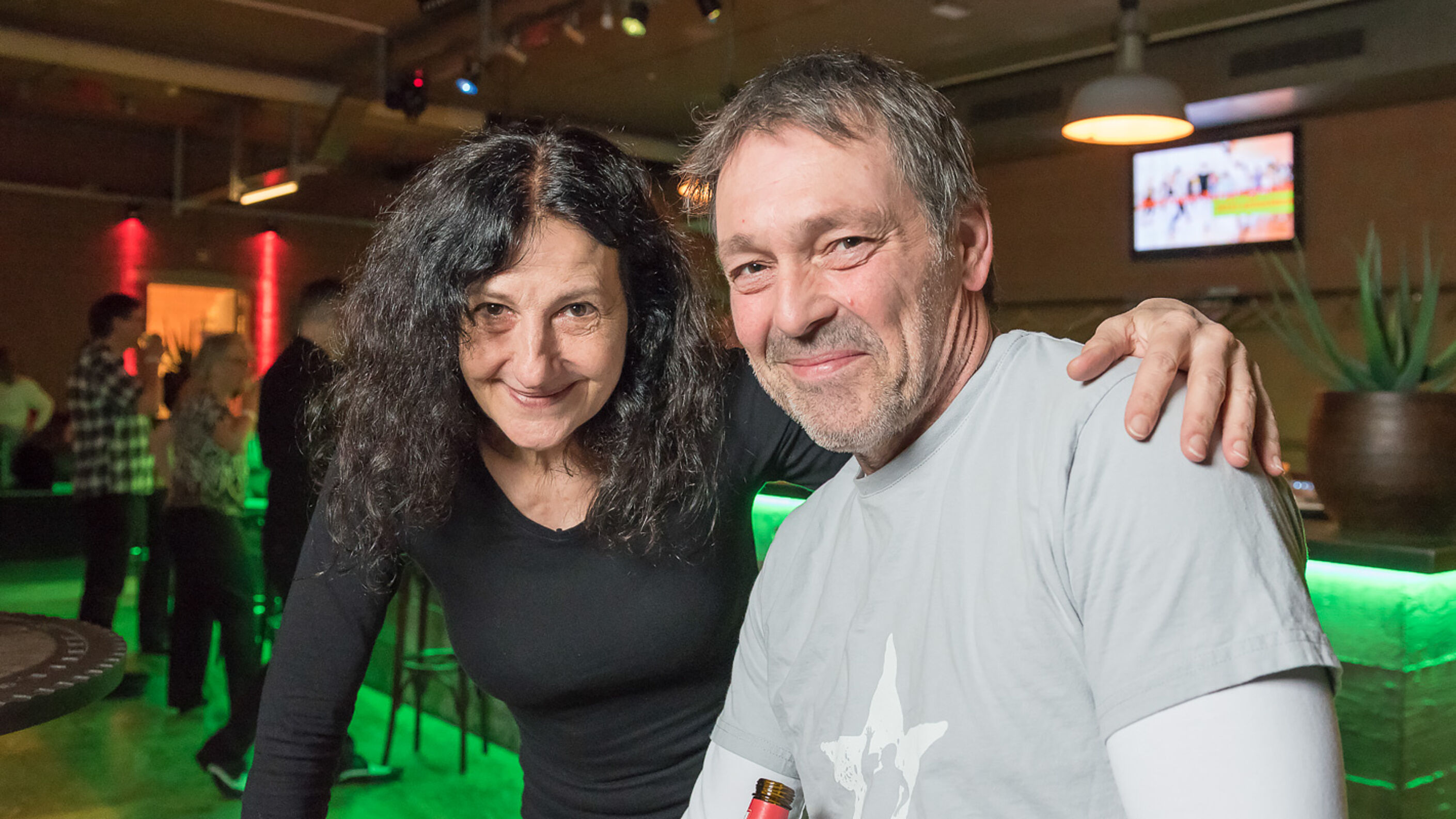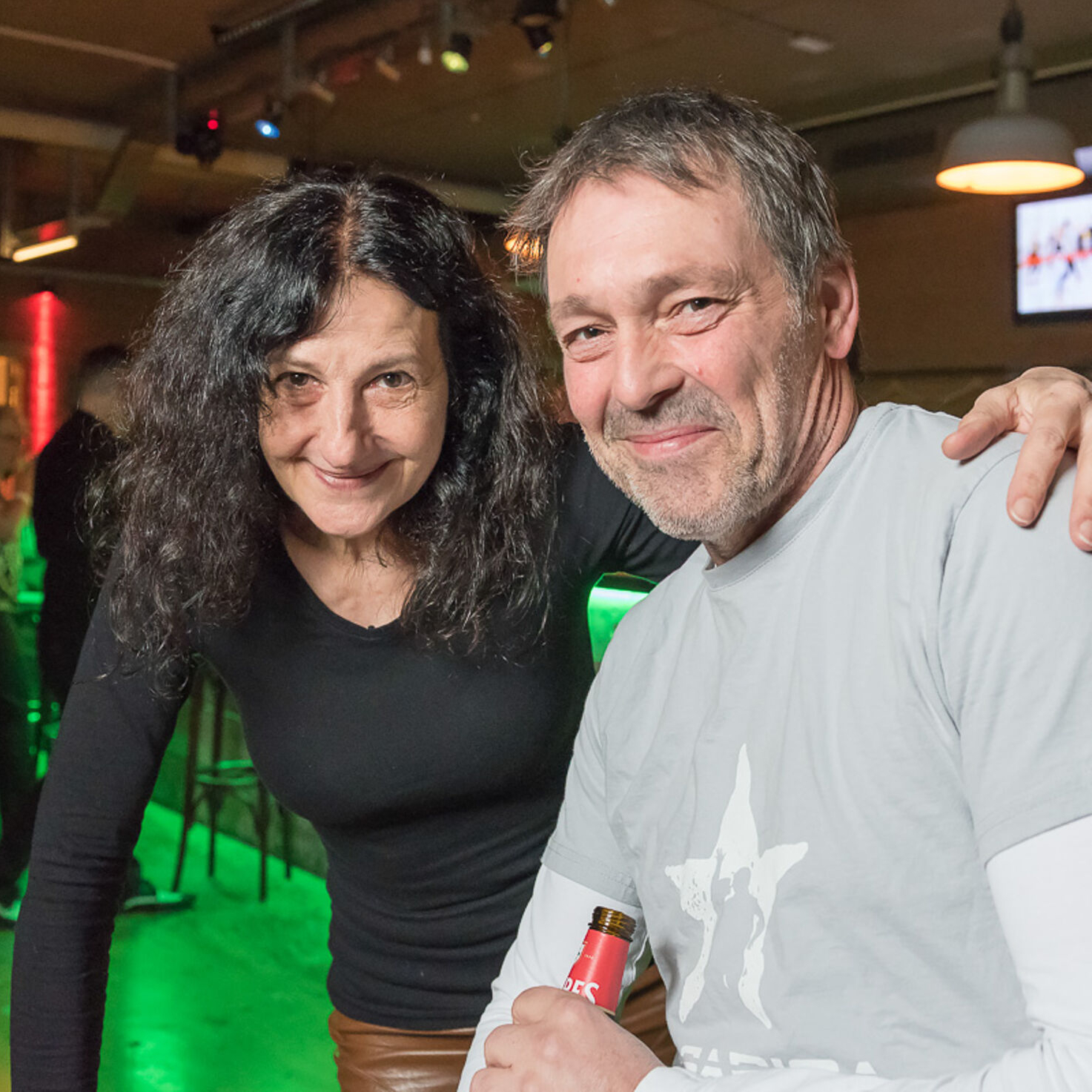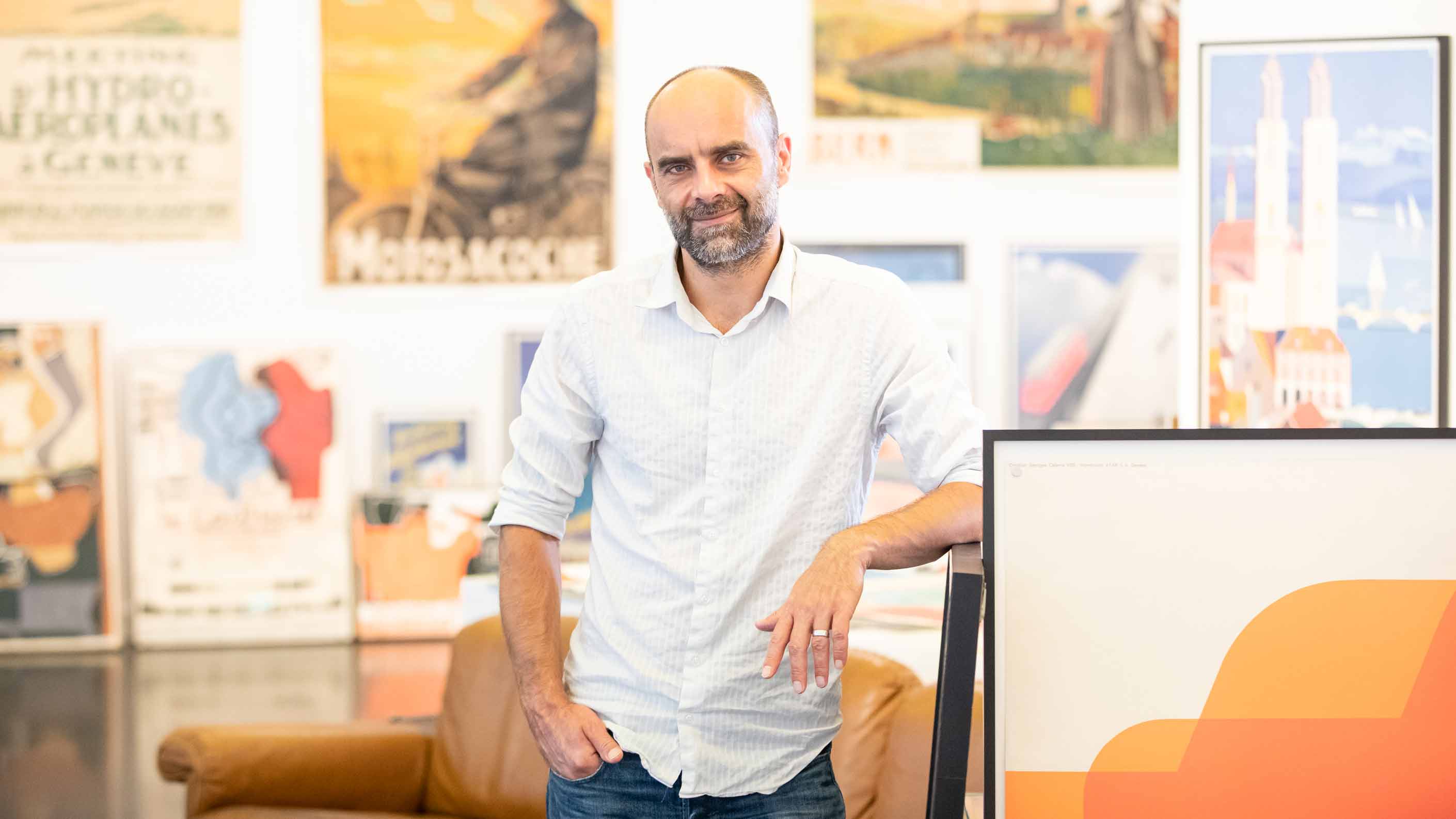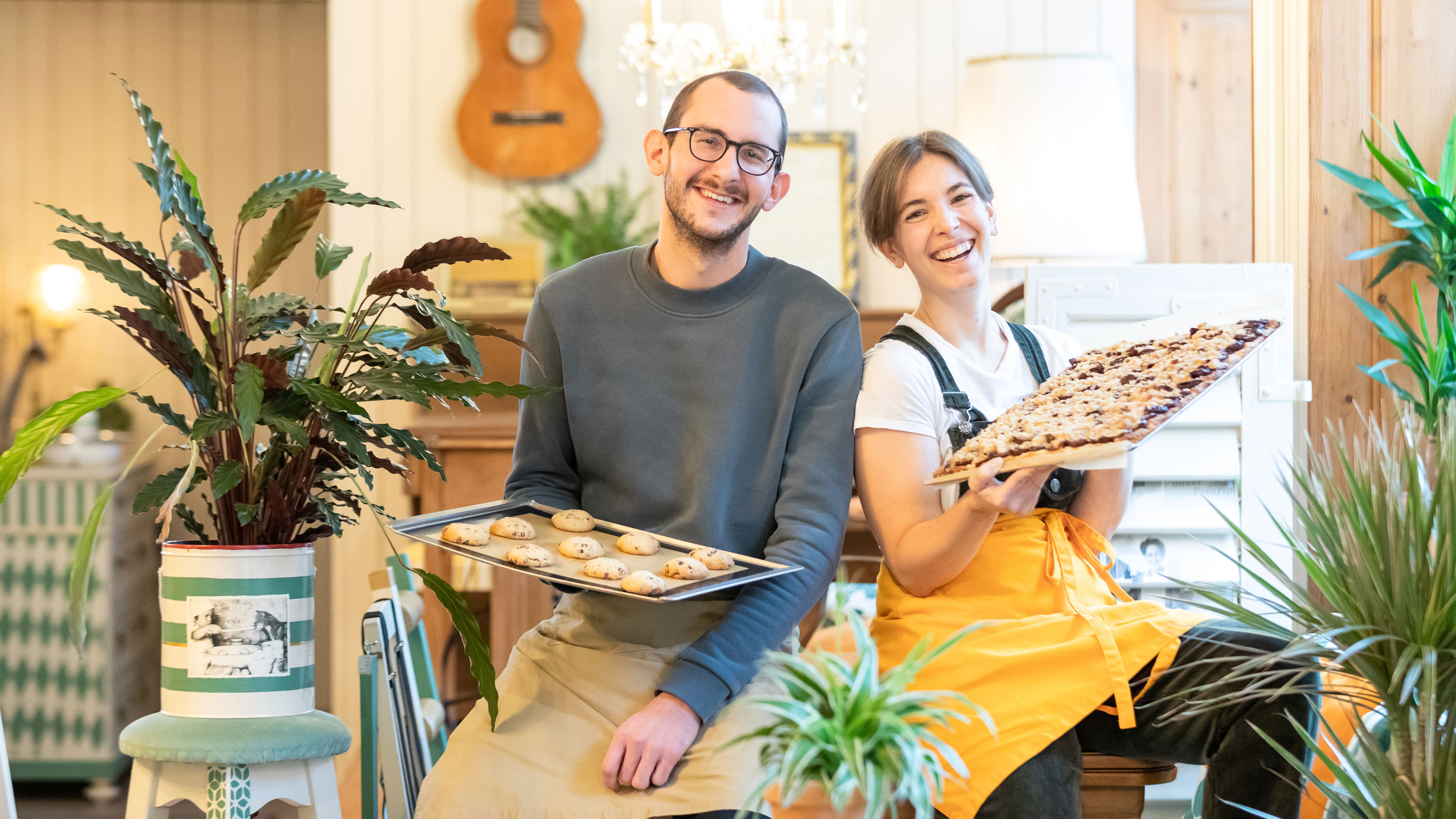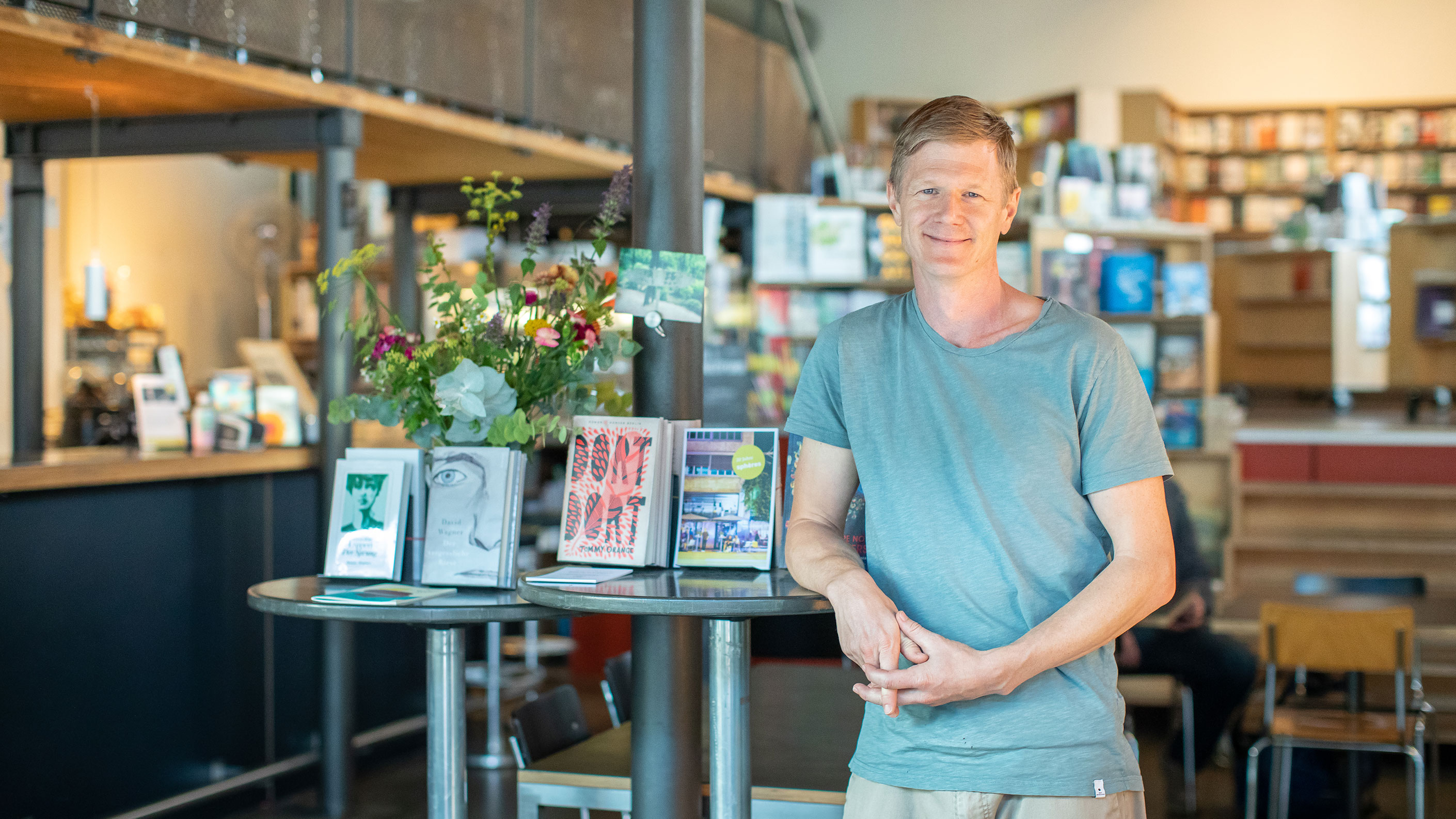Bananenreiferei
Industrial charm, Latin sound and a cosy atmosphere – the Bananenreiferei events venue on Pfingstweidstrasse has been a meeting place for Zurich’s salsa scene for years.
Where factory workers once packed bananas into crates, salsa enthusiasts now improve their dancing skills with courses and by practising on the club dance floor.
Concrete pillars, an unfinished ceiling and flooring with a patina – there are many reminders that the Bananenreiferei was once an industrial building. The black and white photos on the walls in the corridor leading to the neighbouring dance school show the former factory inventory. Up until 2011, conveyor belts transported the ripe bananas and workers used large, round scales to weigh the goods before they were packed into cardboard boxes. The crates travelled through the hall on tracks with metal rollers.
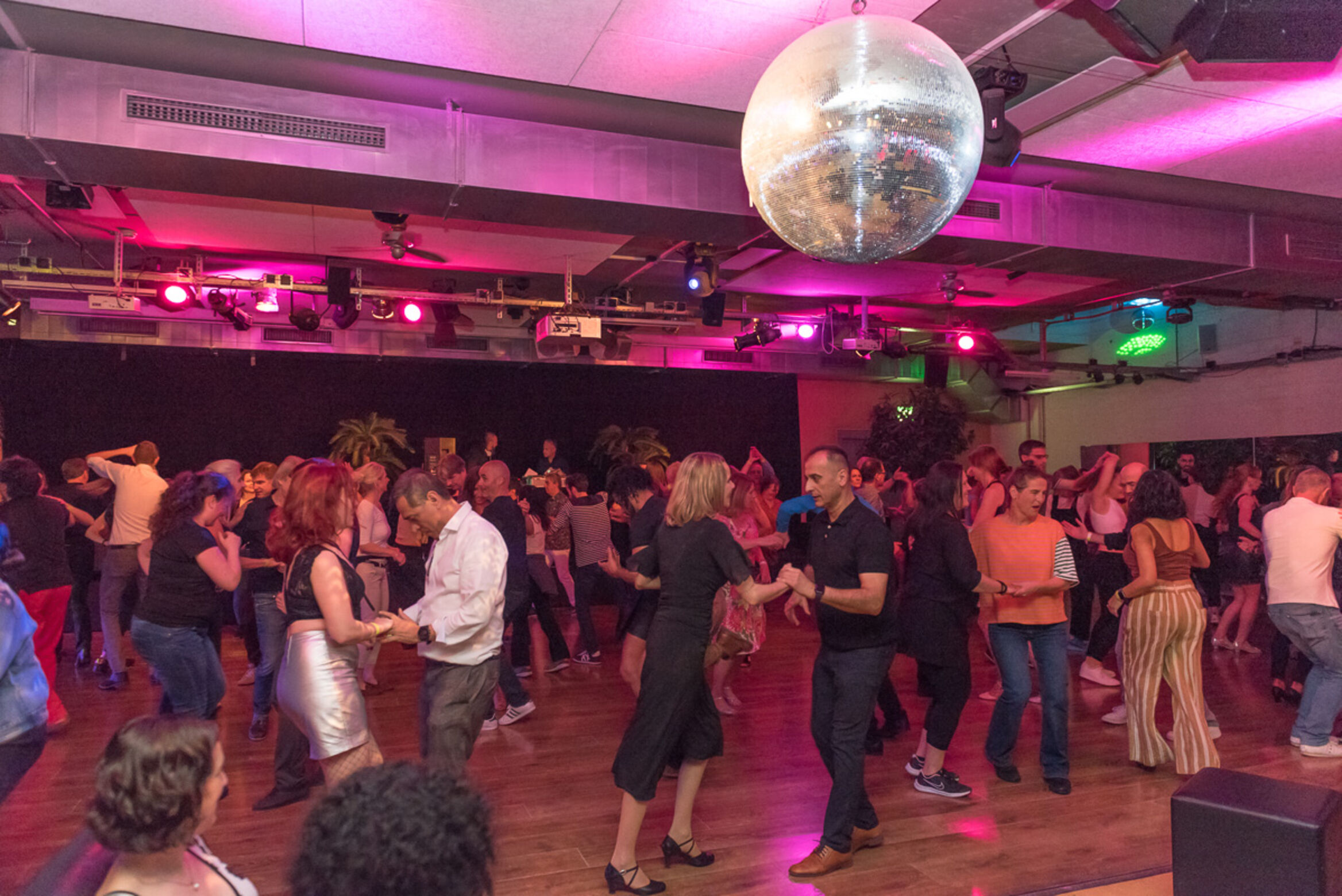
If you take a look around the salsa club at Pfingstweidstrasse 101, you’ll discover the old roller conveyors and conveyor belts. The landlord, Migros, had wanted to dispose of this metal equipment left over from previous production, but Patrick Hirzel and Esther Staehelin thought they’d work well as seating in the club.
‘We start with remodelling every time we take over a new room,’ says Patrick Hirzel. He and his partner Esther are sitting on the terrace in front of the club. There’s some seating here, which makes the terrace a cosy, open-air chill-out zone for club goers. It’s a Friday evening in March, and still a bit chilly. Lamps on the terrace bathe shrubs in violet light. The Salsa Tanzclub Zürich rehearses on the dance floor inside the club. Dance classes are held in the adjoining rooms.
When the two were able to take over the space at its current location in 2012, they installed exposed red brick walls first. By dividing the hall, they created four studios, which are also currently used as additional dance floors on club nights. A concrete bar that lights up green in the evenings was placed in the club. The resulting club was a mix of industrial brute force and tropical heat that is generally associated with salsa.
They started their dance school in 2001. Esther had previously danced a lot of standard ballroom before she discovered salsa. ‘It takes you a long time to find your feet with standard ballroom because it has so many styles,’ says Esther. It was different in the salsa scene, as schools and clubs generally concentrate on a single style.
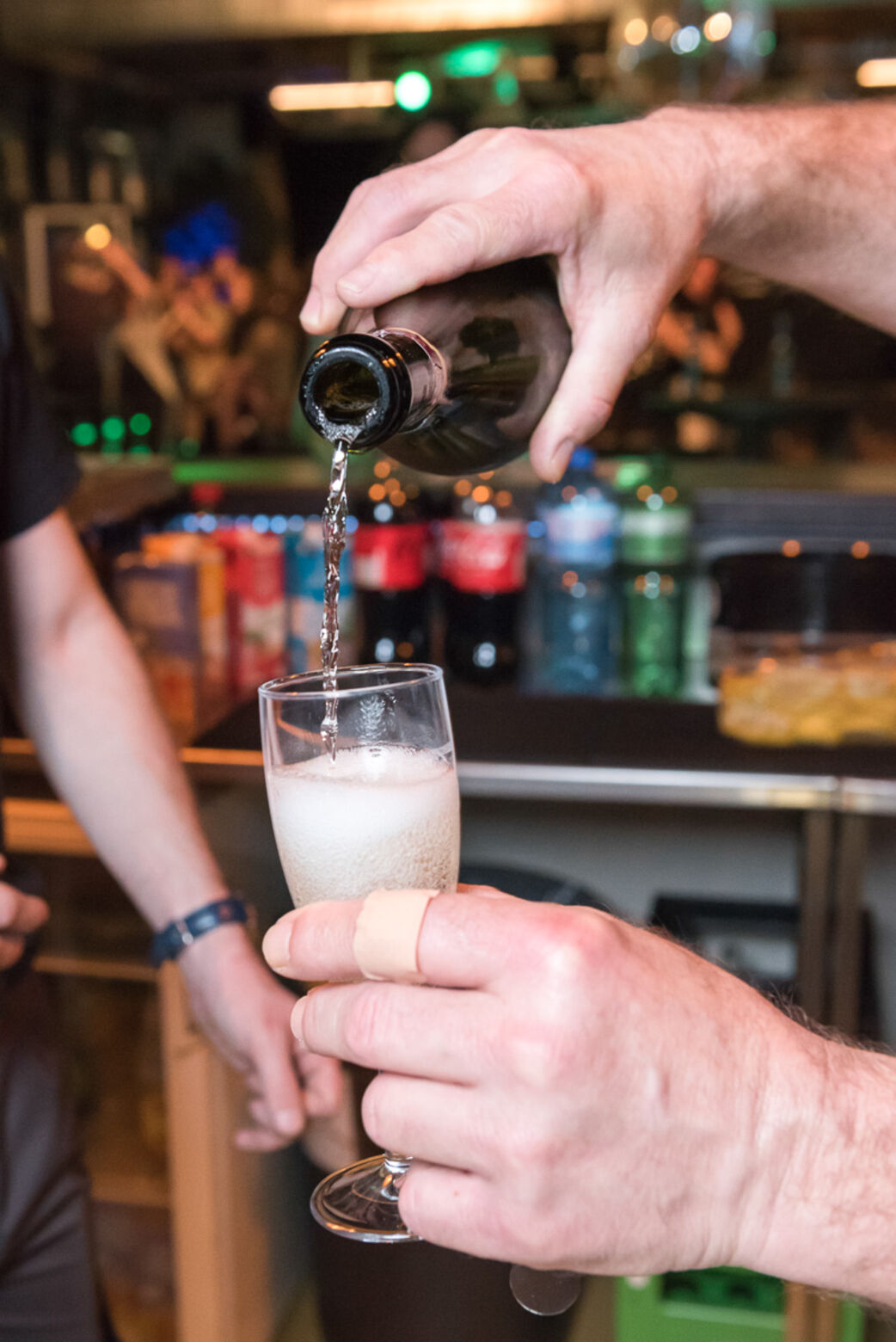
It quickly became clear at the Salsarica opening party that their own regular party events would complement the school.
This gave rise to the idea of founding their own salsa school. Initially, the two taught in different rooms and at several locations. It quickly became clear at the Salsarica opening party that their own regular party events would complement the school well and Patrick Hirzel already had previous experience organising gastronomic events.
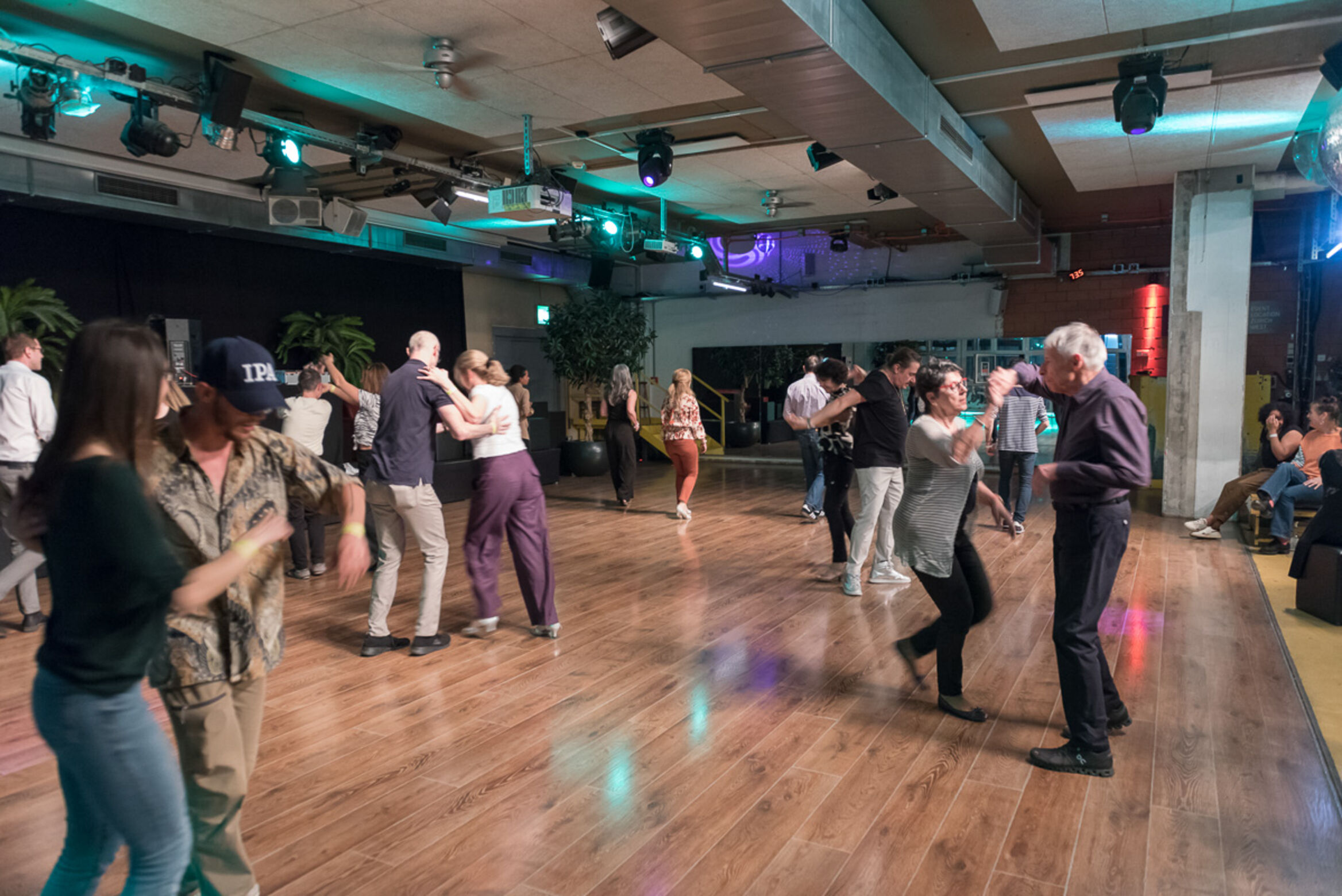
By renting a hall at the Maag events centre in 2004, they were able to bring the club and dance school together under one roof for the first time. ‘We started with Monday evenings back then,’ says Esther. Monday – not exactly a day you’d usually party in a club. But in doing so, they created something that had never existed before. Even now, Monday evenings start still at 7:30 pm with an hour of ‘practica’, a practice session with gentle music where dance newcomers can try out the moves they learned in pairs during the course under quasi-real conditions. Regular club operations start at 8:30 pm and experienced dancers join in. Friday evenings are the same; starting at 9 pm with practica and the club opens at 10 pm.
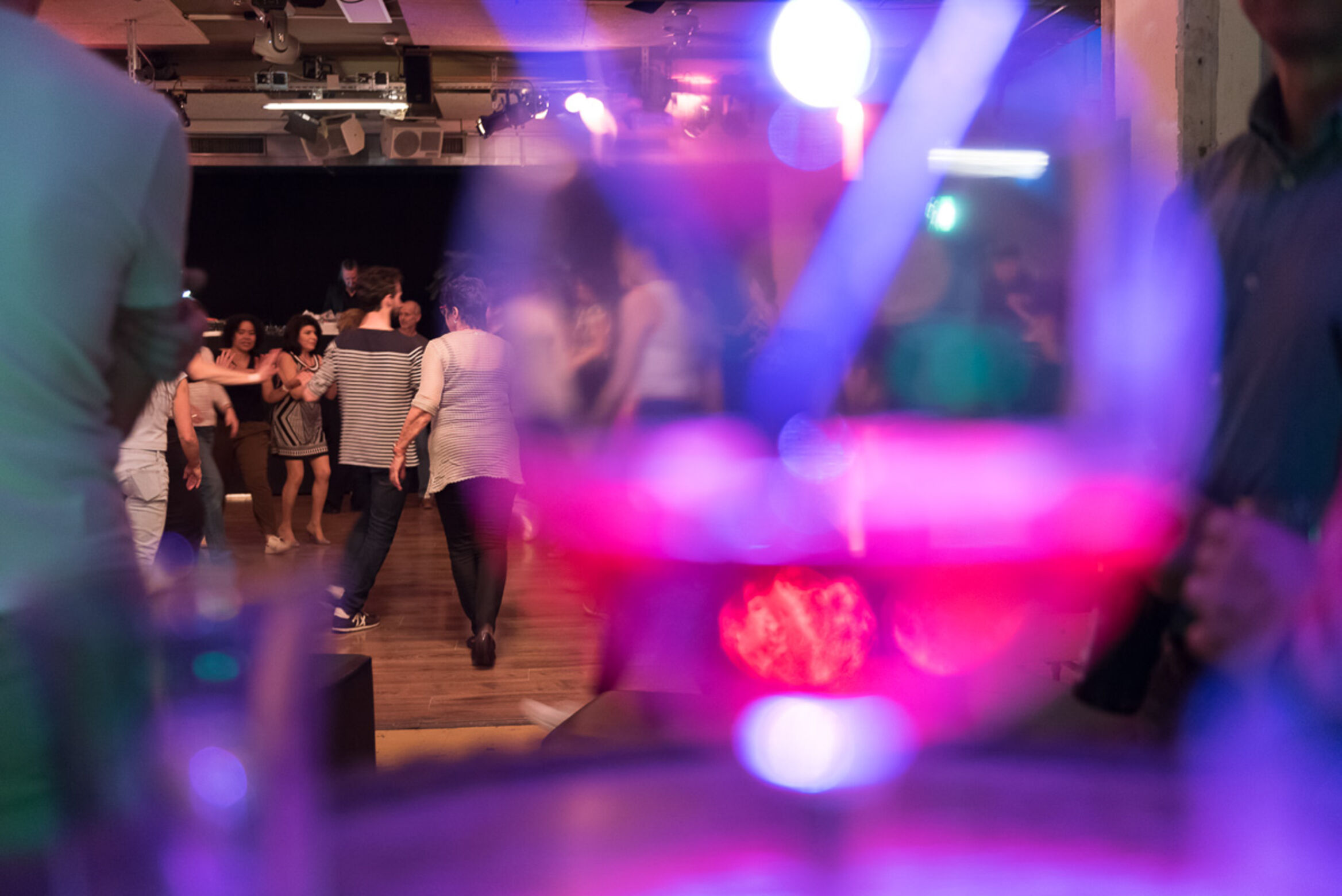
20
years after they started, their success continues.
Their success continues, even more than 20 years after they started. Mondays and Fridays are established as club nights in the salsa scene. Esther and Patrick’s dance school and club has grown into a company that now employs 80 people; around 40 teachers with the rest working behind the bar, in the events area and in the office.
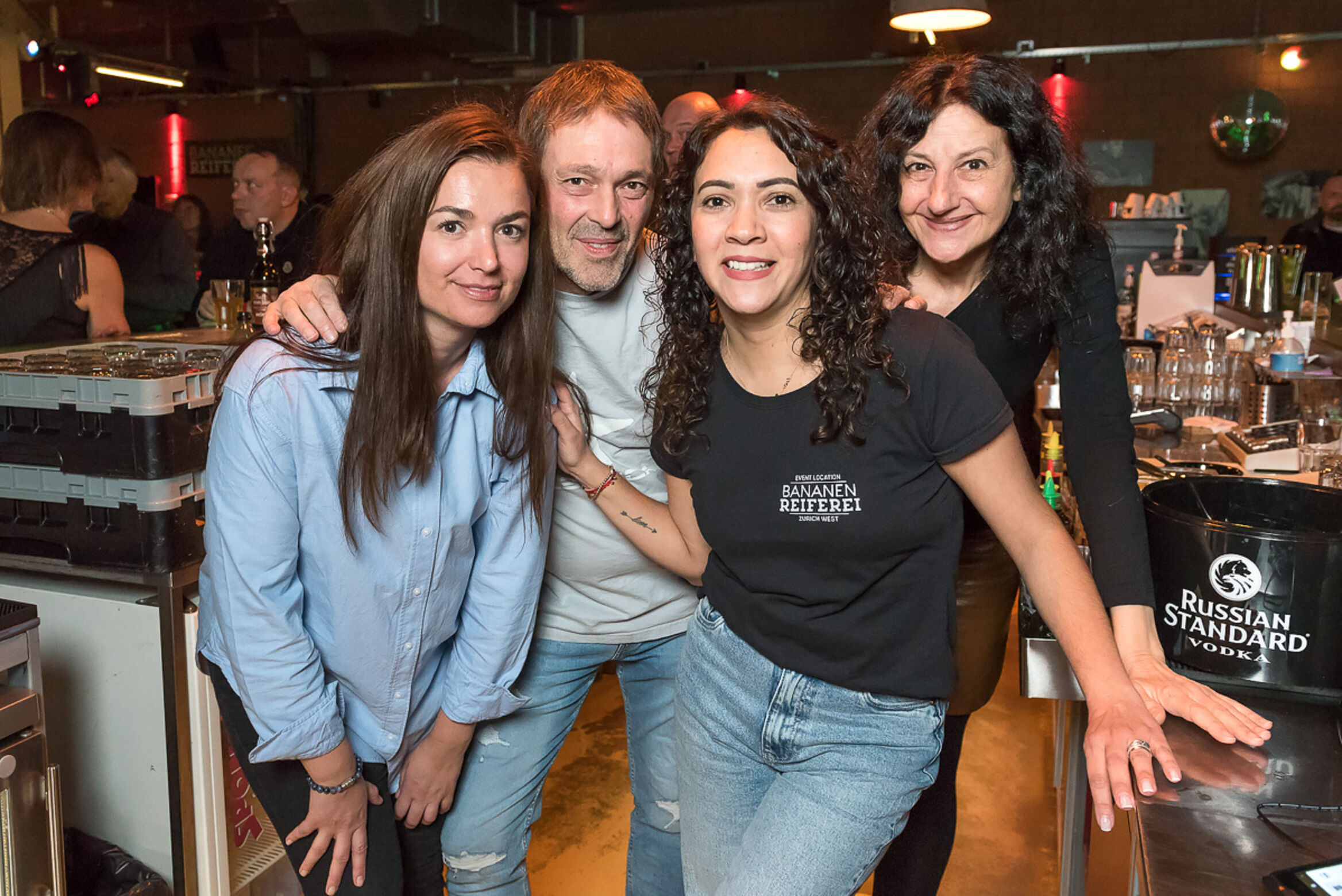
The question of which reaps more benefits from the other, the dance school from the club or vice versa, is a chicken and egg scenario.
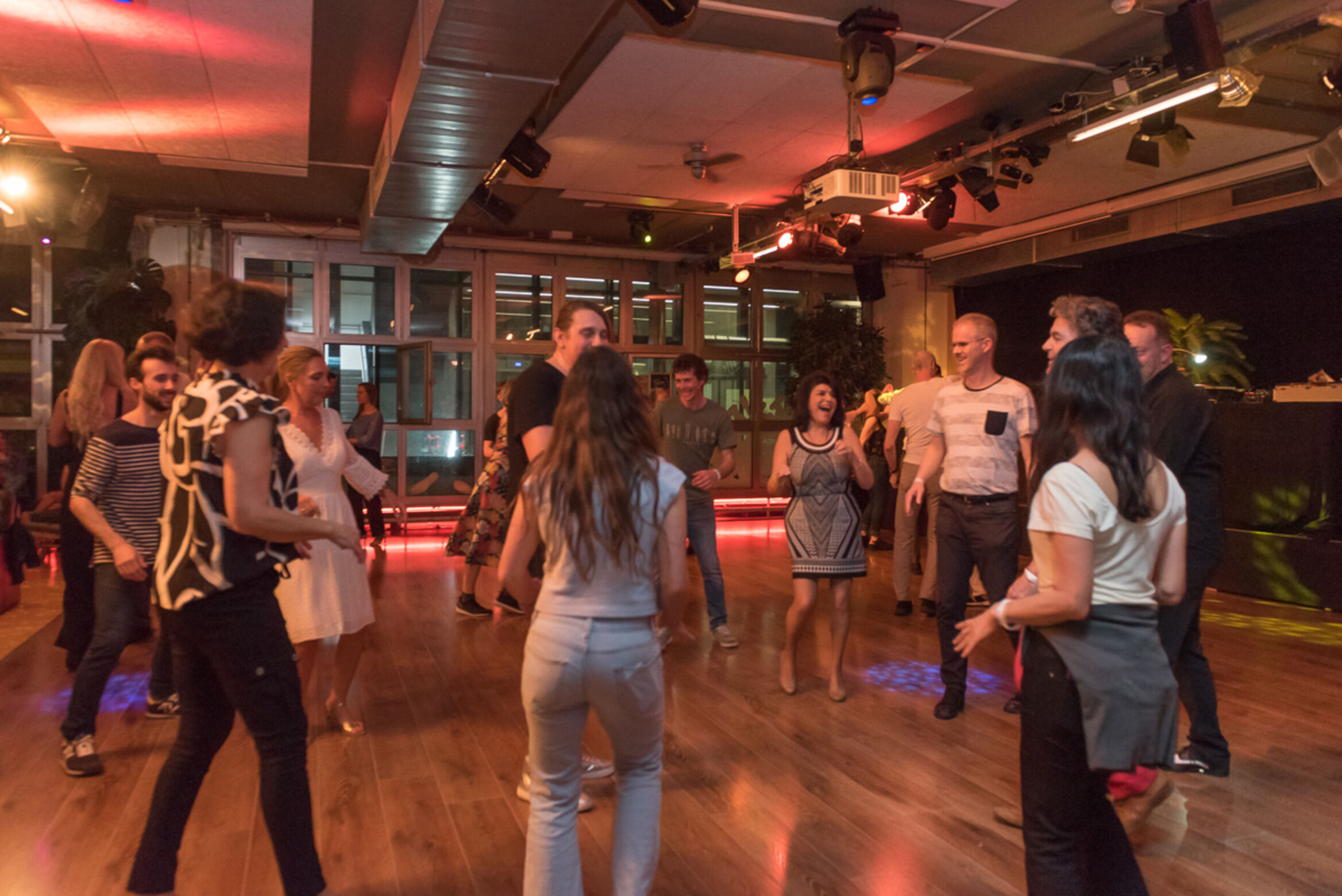
The question of which reaps more benefits from the other, the dance school from the club or vice versa, is a chicken and egg scenario. On Monday and Friday evenings, the school merges seamlessly into the club evening – which also might encourage external partygoers to attend a course. The school is also constantly bringing new people to the club with its easily accessible parties.
Visitors from outside the city appreciate the fact that they can easily reach the club on the western edge of the city by car. There’s just one flight of stairs from the car park on the roof that leads directly to the club. People living in the city can reach the club by tram or bike.
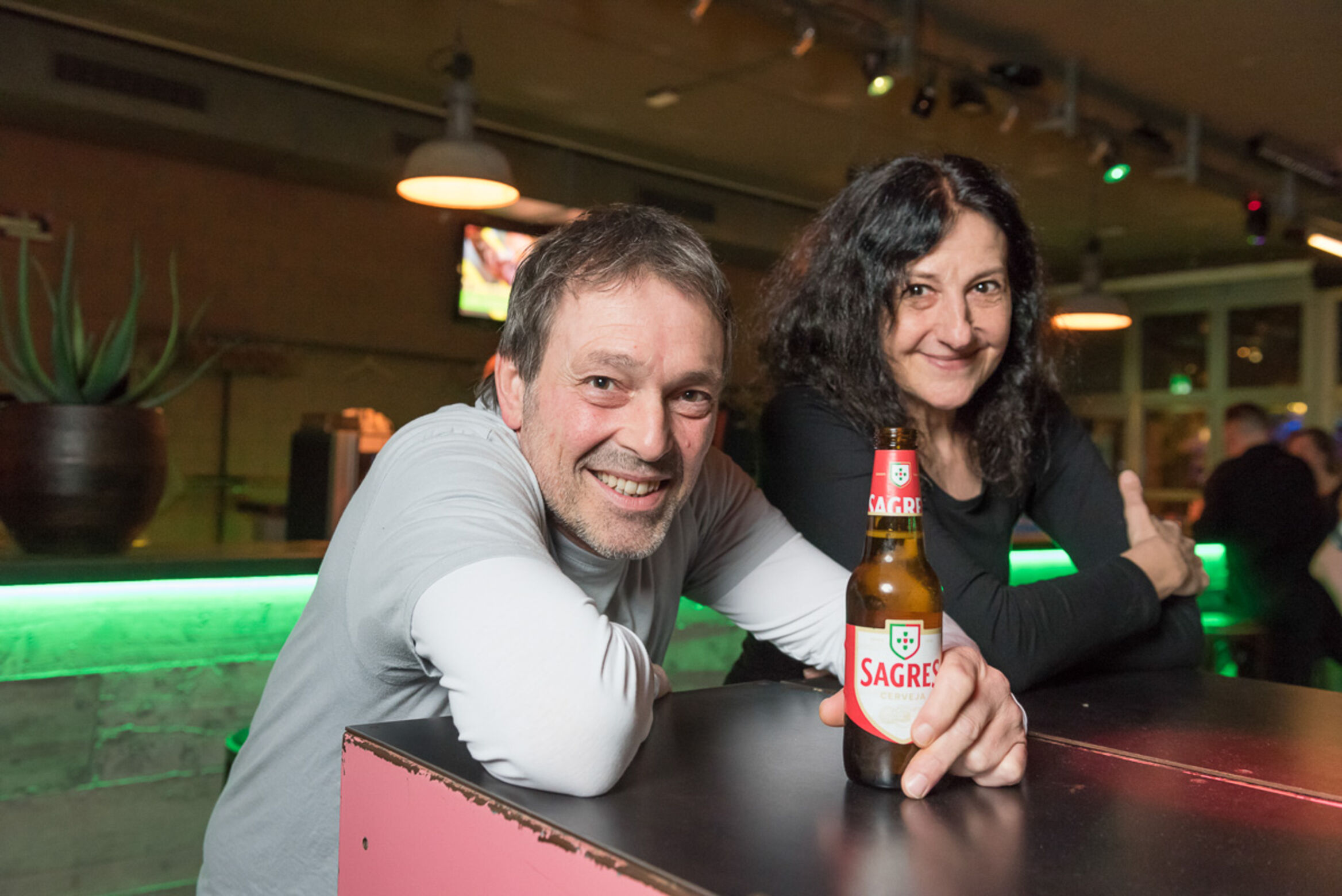
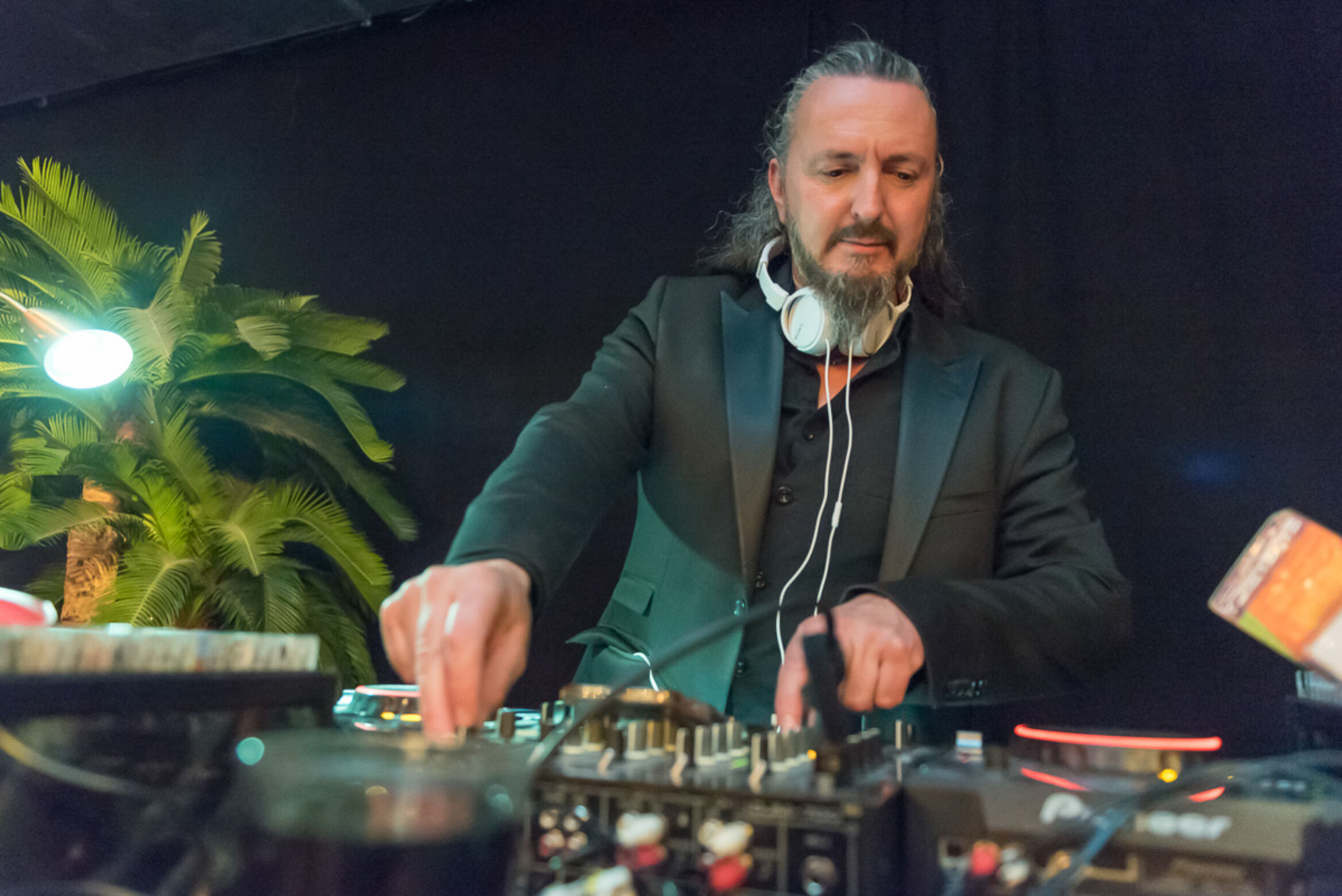
Unlike other clubs, there’s practically no limit on the age range of the clientele at the Salsarica – salsa seems to suit people of all ages. Esther and Patrick have also noticed over the past few years that a younger audience under 25 is signing up for the courses more frequently. The two see their clientele as a kind of extended family. ‘Dancing as a couple is very interactive,’ says Esther. Over the years, she has repeatedly observed how people get to know each other in courses and in the club and how friendships develop. The club and dance school would also help expats, and others, socialise and settle in quickly in Zurich.
The fact that people interested in dance can easily enrol on individual courses is also part of the concept. ‘We are constantly trying to find temporary staff so that we can always work in pairs in the office,’ says Esther. When she talks about the way the school is organised, the image of the premises’ industrial past comes to mind for a moment. The courses are standardised like the dimensions of the banana boxes, and all of the teachers strictly adhere to the same course content up to level 7. This is a benefit for course participants as they can easily catch up on missed dance lessons at the same level on another course evening. Volunteers can help out as dance partners in the lower course levels and consolidate what they have learnt.
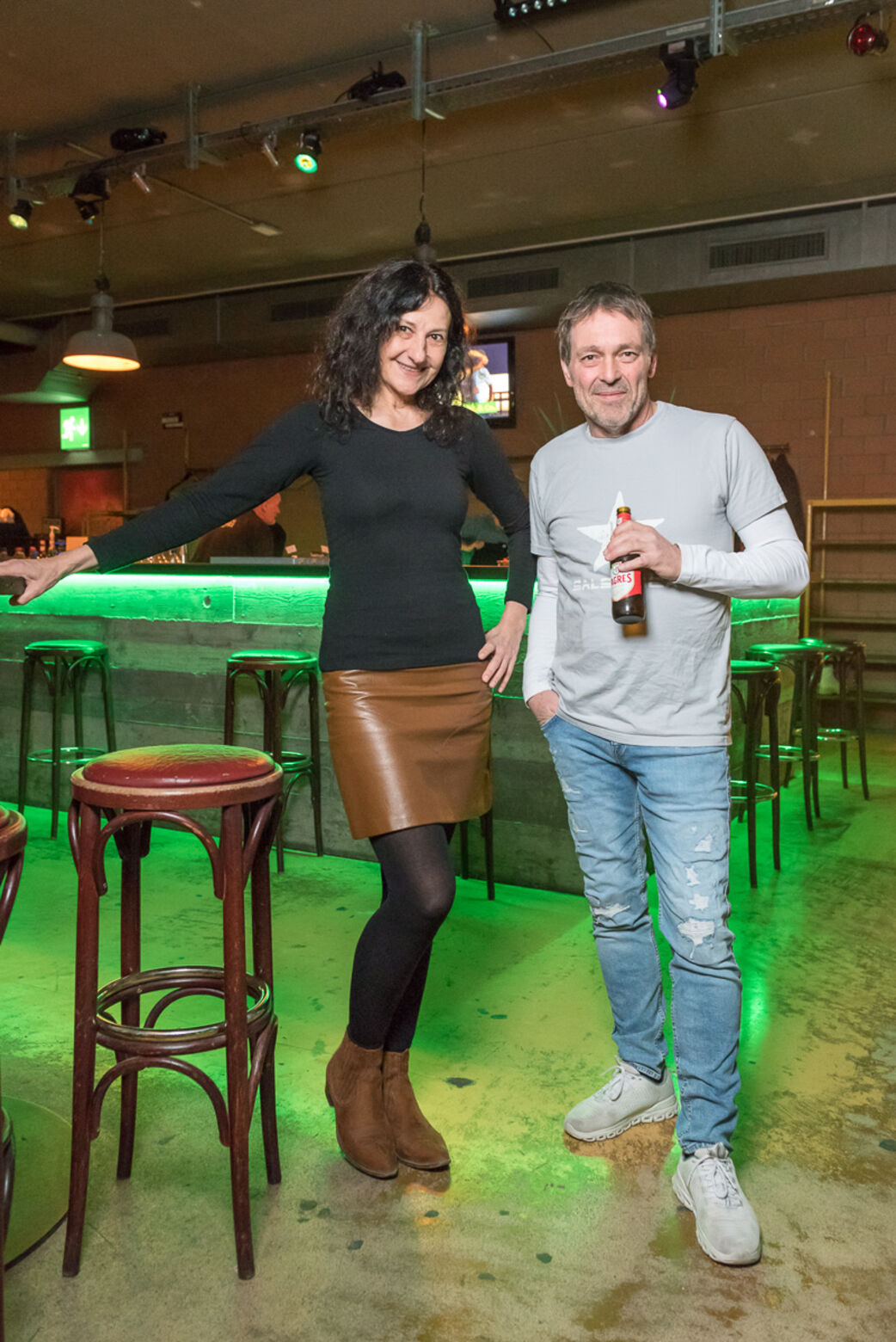
‘Salsarica – the Salsa dance factory’, as the school calls itself, is also a little bit of a factory, in the most positive sense of the word, in that it is constantly producing new dance enthusiasts.
Address
Bananenreiferei
Pfingstweidstrasse 101
8005 Zürich
+41 44 271 97 78
Website
Opening hours
Monday, 6 pm – 12 am
Tuesday and Wednesday, 6 pm – 11.30 pm
Thursday to Saturday, 6 pm – 12 am
Sunday, 6 pm – 11.30 pm
